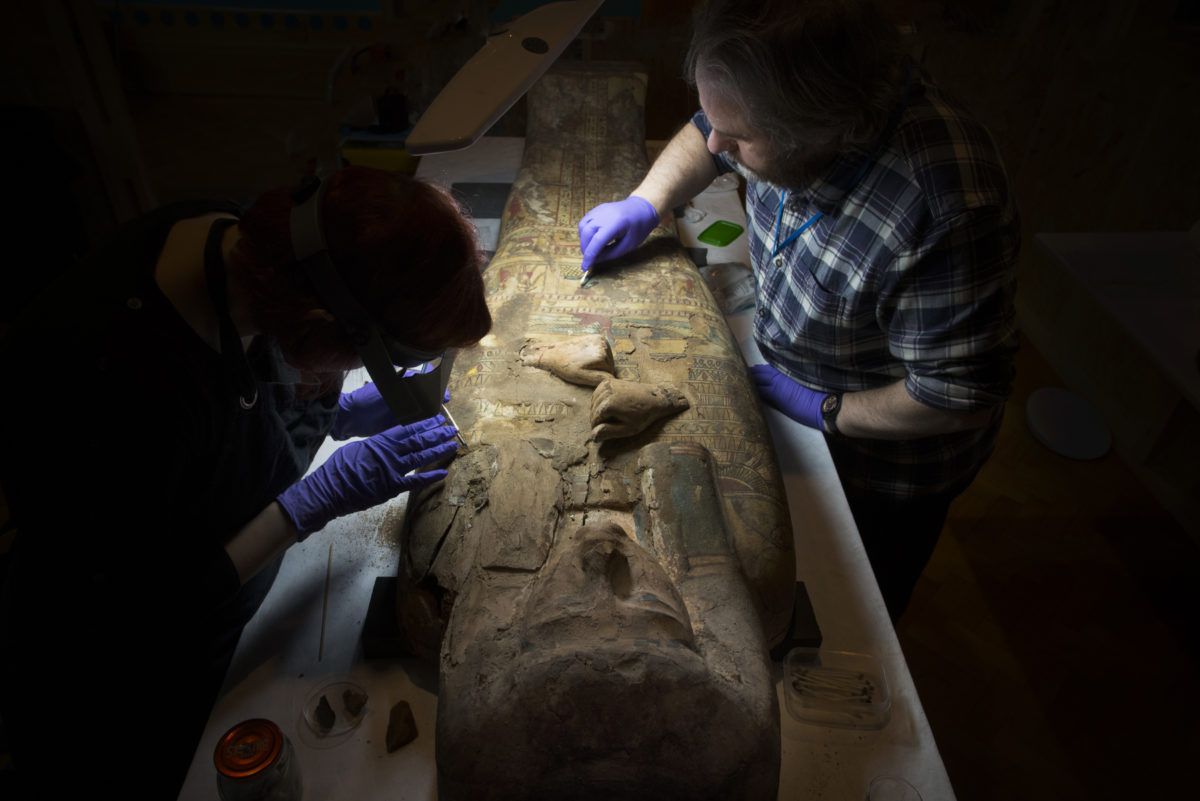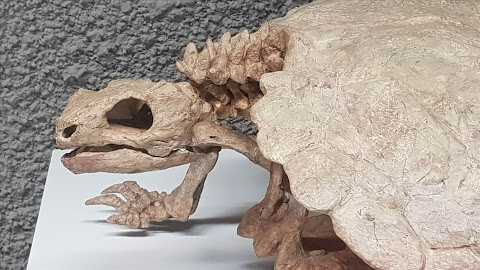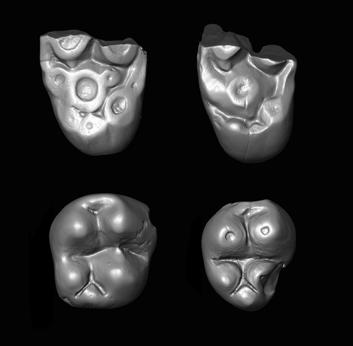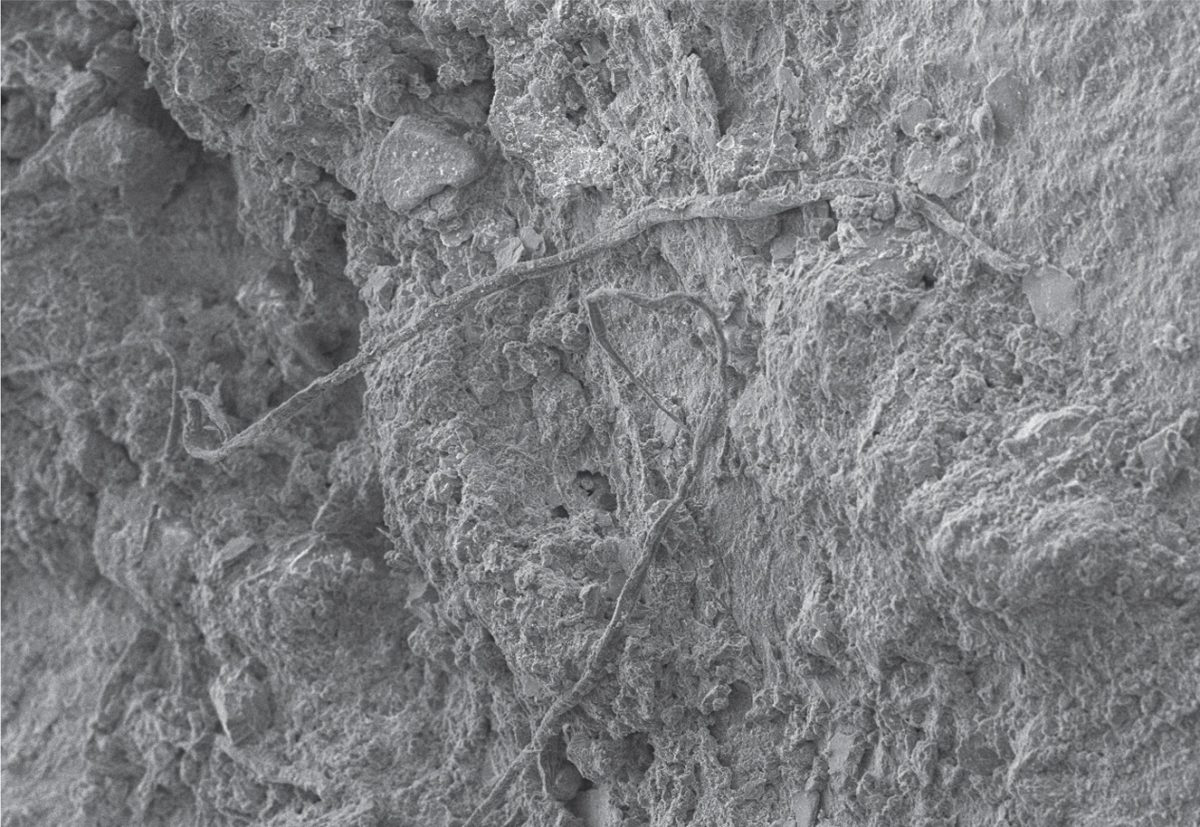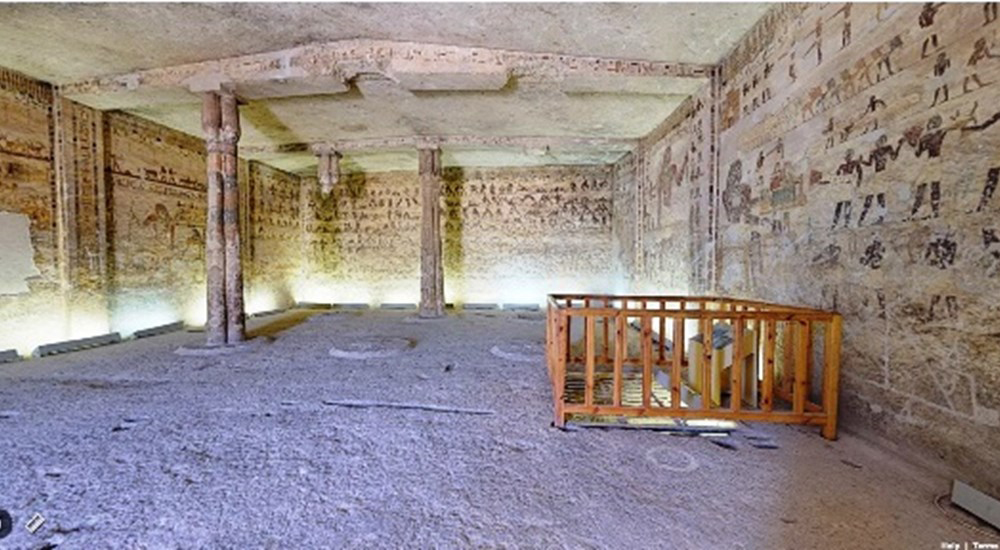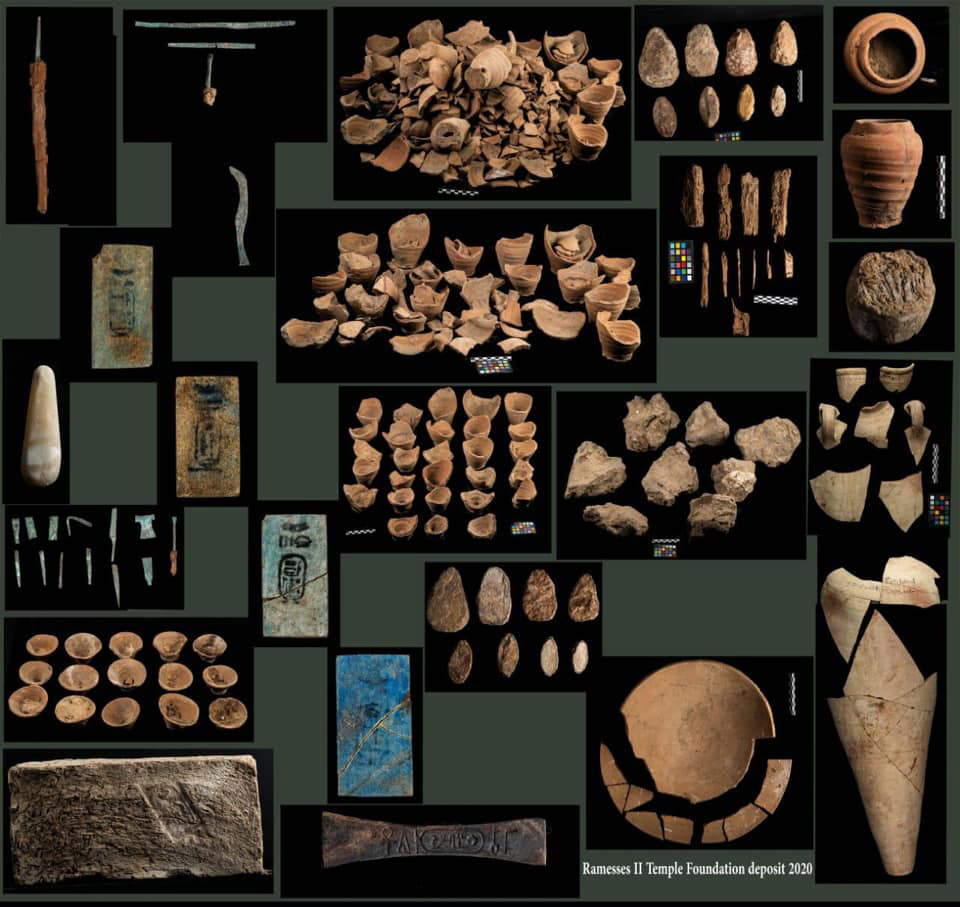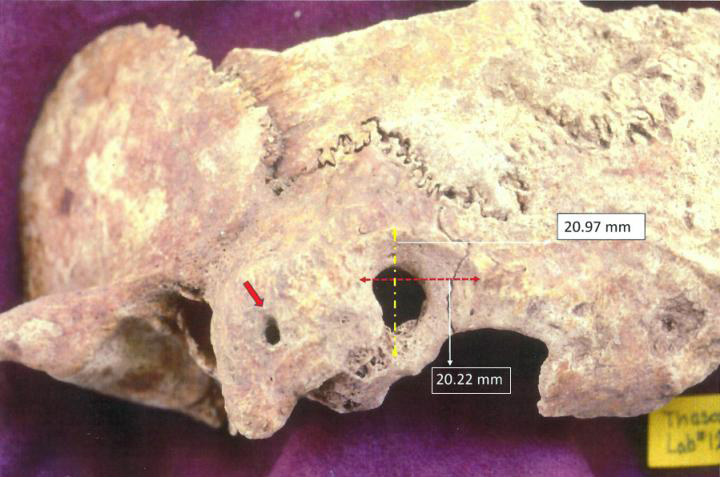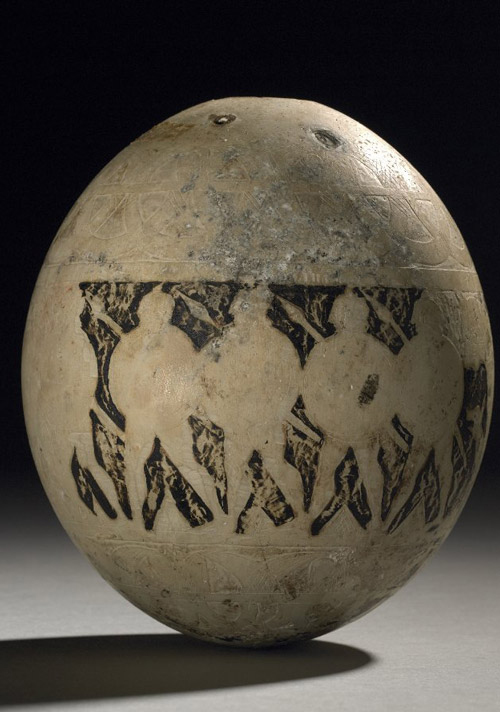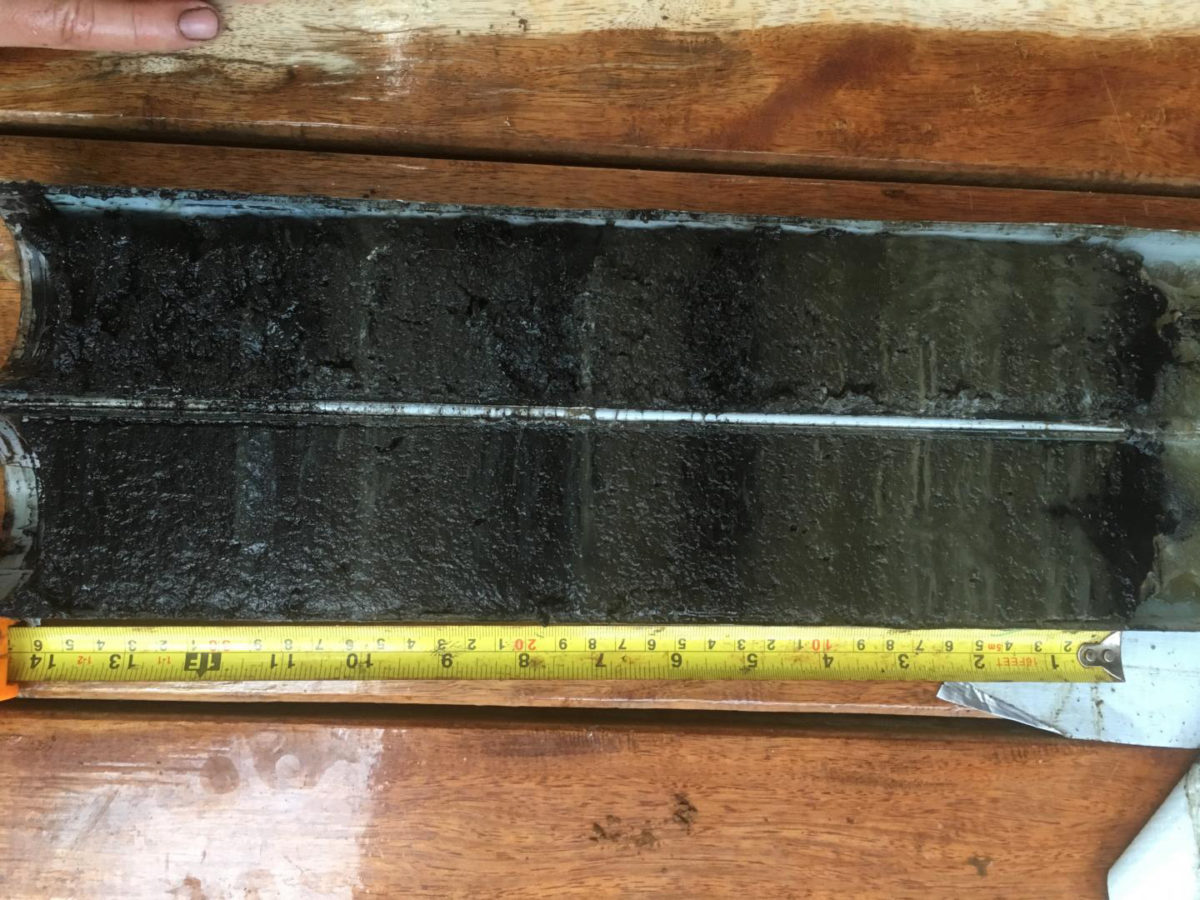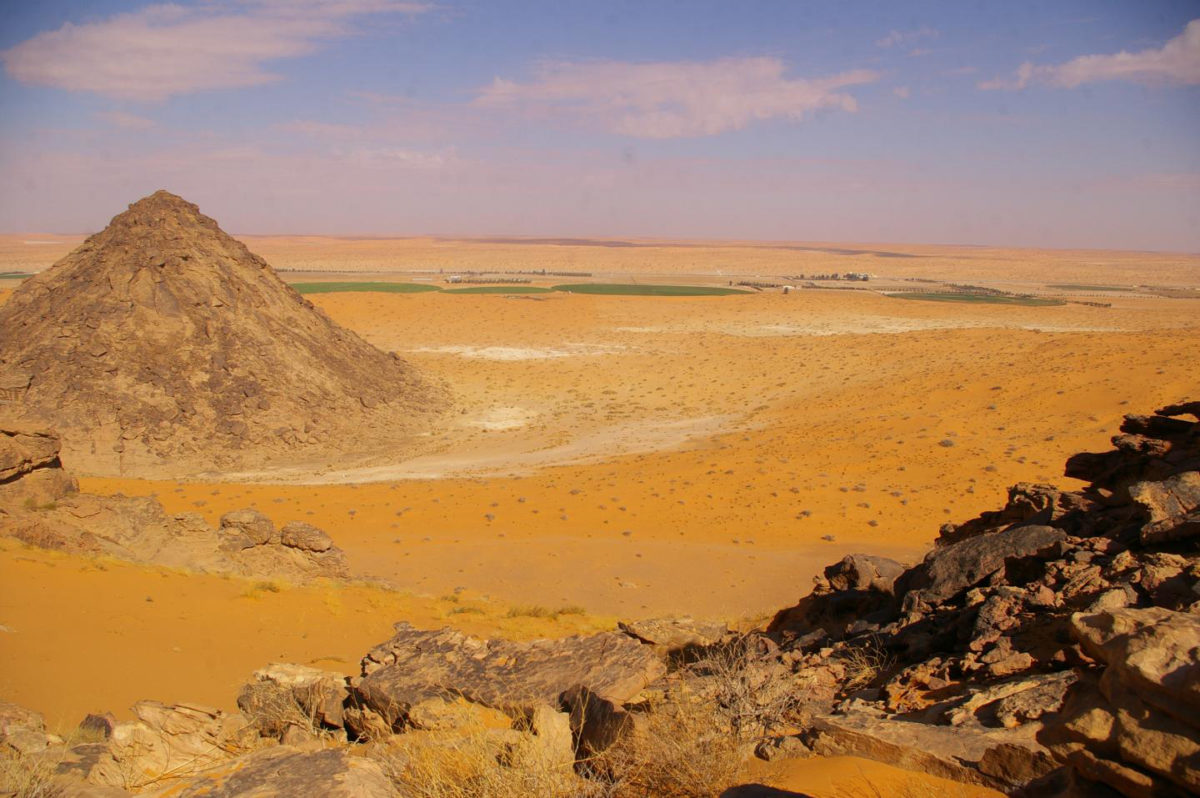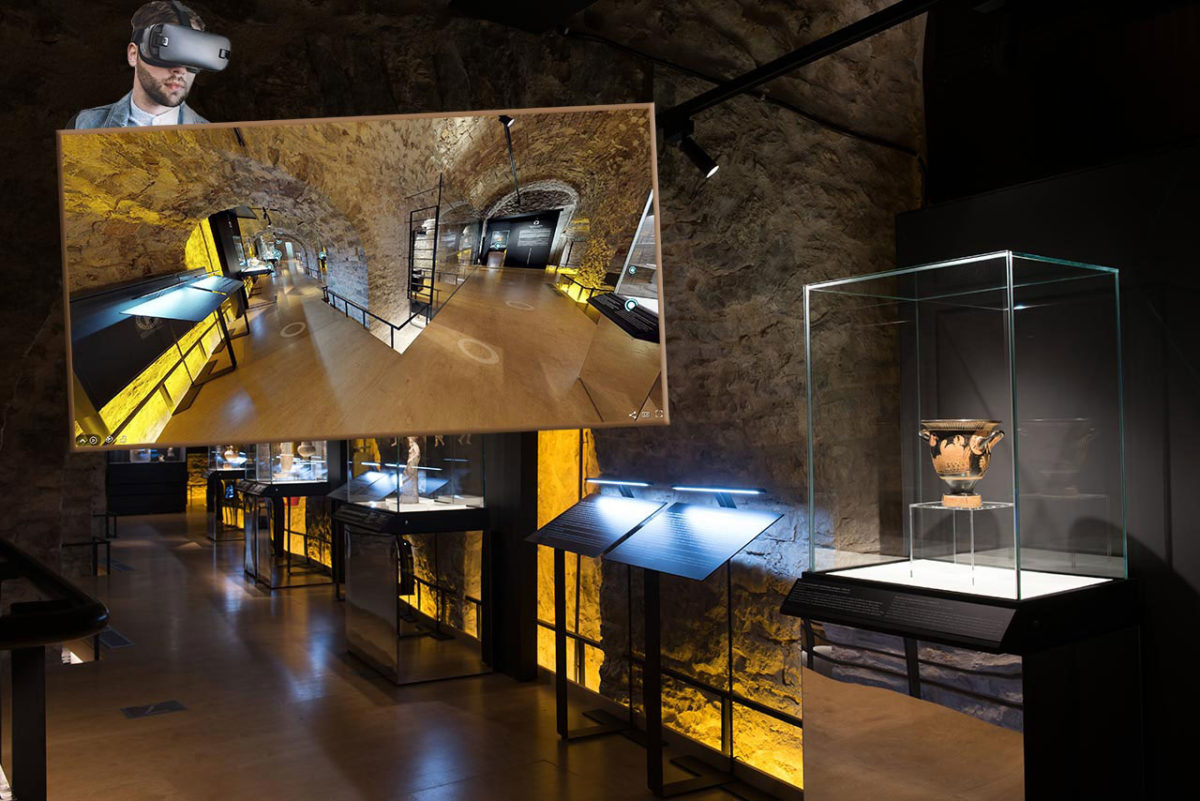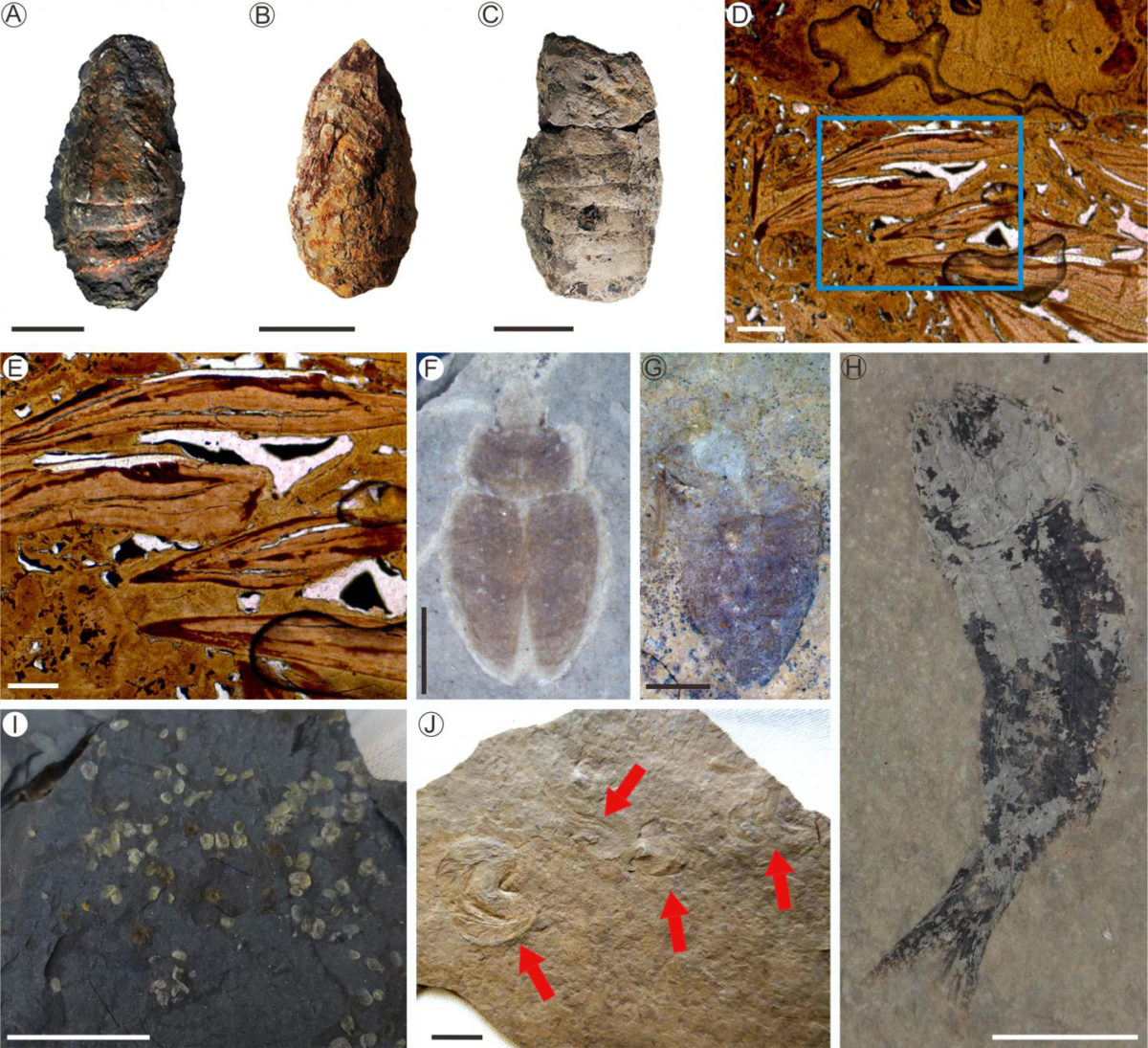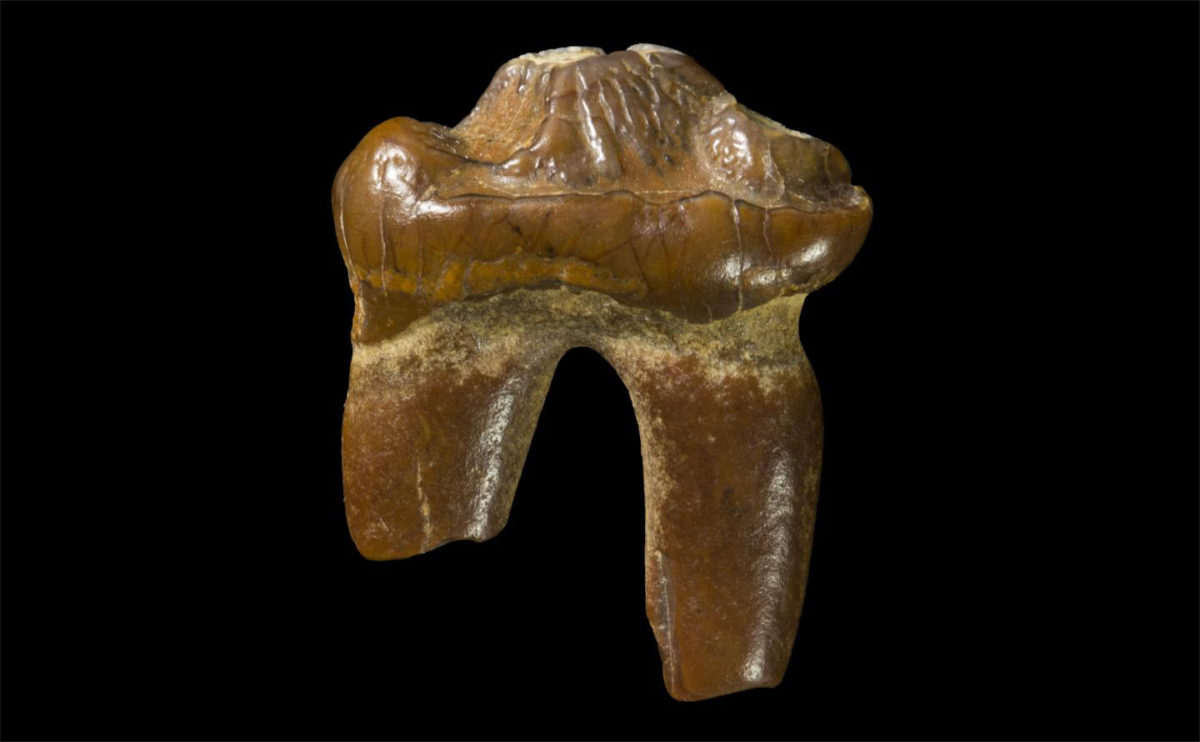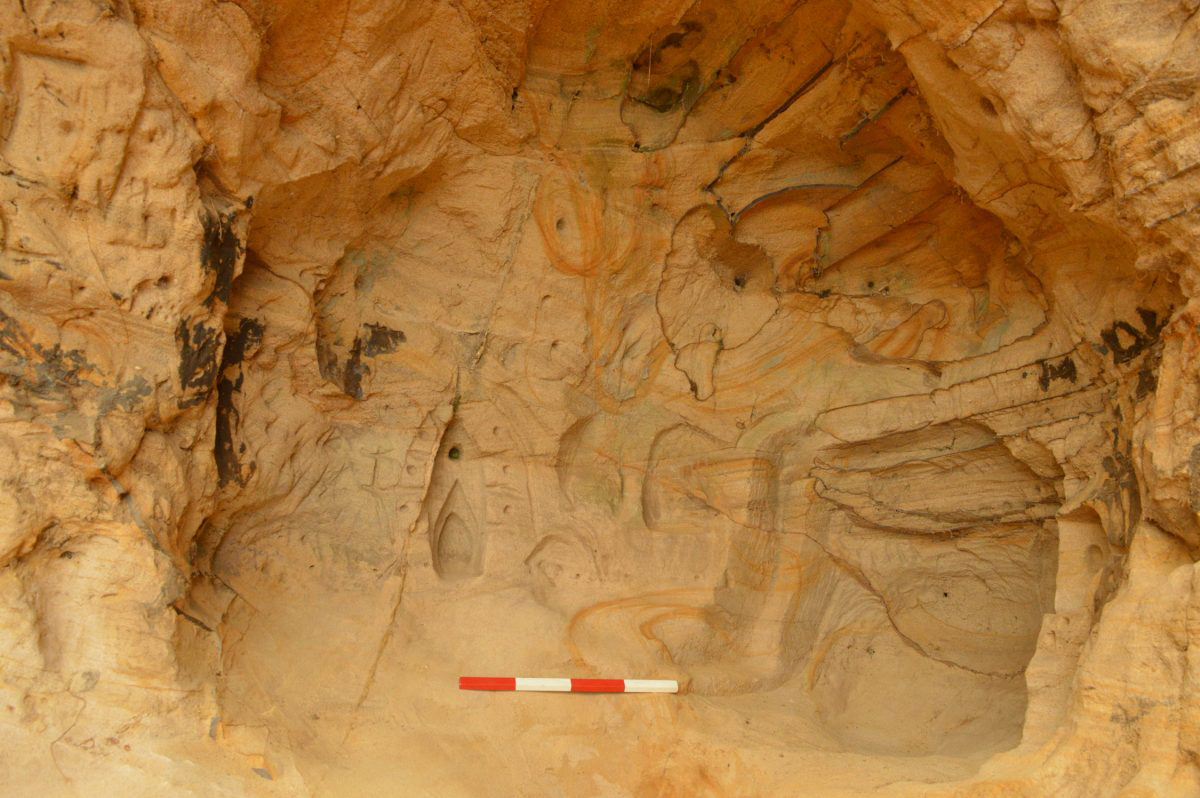More Mummy secrets revealed
Conservation of the Perth Mummy, Ta-Kr-Hb, is now well underway as the centre-piece of the current installation in Perth Museum & Art Gallery, Conservation in Action: Saving the Perth Mummy.
Museums thank doctors and nurses
The campaign- under the hashtag MuseumsThankHeroes– was organized by Mara Kurlandsky and Adrienne Poon of the National Museum of Women in the Arts, Washington.
With the unfettered wings of Nike: exhibition of a unique collection
The exhibition comprising the unique collection of the collector-researcher Eleftherios Eleftheriou, records the modern history of the emblematic statue of the Victory of Samothrace.
Watch “Seleucus I the Nicator”
The Ephorate of Antiquities of Kilkis presents the short animated documentary “Seleucus I the Nicator. From Europos to the Hellenistic world”.
ASCSA shares videocasts of presentations in Cotsen Hall
The lectures were presented by the School during the past academic year (October–April) and earlier.
An additional piece added to the evolution of turtles
The results of a recent study indicate a close link between skull evolution and the highly flexible neck of these armored reptiles.
Ancient teeth from Peru hint now-extinct monkeys crossed Atlantic
The discovery helps date the transatlantic migration to about 34 million years ago, around the time a major drop in sea level would have made the ocean voyage shorter.
Genetic network analysis provides ‘snapshot’ of pandemic origins
Researchers from Cambridge, UK, and Germany have reconstructed the early "evolutionary paths" of COVID-19 in humans.
Ancient string discovery sheds light on Neanderthal life
The discovery of the oldest known direct evidence of fibre technology using natural fibres to create yarn is reported in Scientific Reports this week.
A virtual tour in the Tomb of Kheti
Join today in a virtual tour in the tomb of Kheti in Beni Hassan necropolis.
Takis exhibition cancelled at Museum of Cycladic Art
A collaboration of the Museum with the Tate Modern and the MACBA Museu d’Art Contemporani de Barcelona, which would have opened on My 20 and have run to October 25.
Archaeologists find Ramesses II’s Abydos temple foundation deposit
Archaeologists excavating in Abydos revealed the foundation deposit of Ramesses II's temple, as well as its storerooms.
Adelphi researcher discovers early brain surgery in ancient Greece
First forensically-assessed archeological discovery of remains of a group of domineering mounted archer-lancers and their kin of the Eastern Roman Empire from the turbulent ProtoByzantine period.
Bristol leads archaeologists on 5,000-year-old egg hunt
An international team of specialists, led by the University of Bristol, is closer to cracking a 5,000-year-old mystery surrounding the ancient trade and production of decorated ostrich eggs.
A revolutionary new method for dating pottery developed
A team at the University of Bristol has developed a new method of dating pottery which is allowing archaeologists to date prehistoric finds from across the world with remarkable accuracy.
Earliest humans in the Amazon created thousands of ‘forest islands’
The earliest human inhabitants of the Amazon created thousands of artificial forest islands as they tamed wild plants to grow food, a new study shows.
Opening of Giza museum in 2021
The coronavirus has changed the dates of major Egyptian national projects.
Works are starting at Hellenikon
A unanimous agreement in favour of the request by HELLENIKON SA has been issued by the Central Council of Modern Monuments of the Ministry of Culture and Sports.
Colonization of South Pacific Islands earlier than first thought
Research led by scientists at the University of Southampton has found settlers arrived in East Polynesia around 200 years earlier than previously thought.
Societal transformations and resilience in Arabia
Social, economic and cultural responses to climate change by ancient peoples highlight vulnerabilities of modern societies and the need for sustainable new solutions.
“Countless Aspects of Beauty”: a virtual tour
We stay at home and make good use of virtual reality to “travel” to the Castle of Ioannina and the Silversmithing Museum of the Piraeus Bank Group Cultural Foundation.
Lacustrine ecosystems needed 10 million years to recover after EPME
Researchers found that both lake and peat-forming forest ecosystems probably took as long as 10 million years to recover after the EPME.
Tooth be told: Earless seals existed in ancient Australia
A fossilised seal tooth found on a Victorian beach could hold the key to uncovering the history and geography of earless seals that graced Australia's shores three million years ago.
14th century cave with medieval shrine or hermitage
A team of rail workers delivering landslip repair works near Guildford, UK, have uncovered a small cave believed to be from the 14th century.
